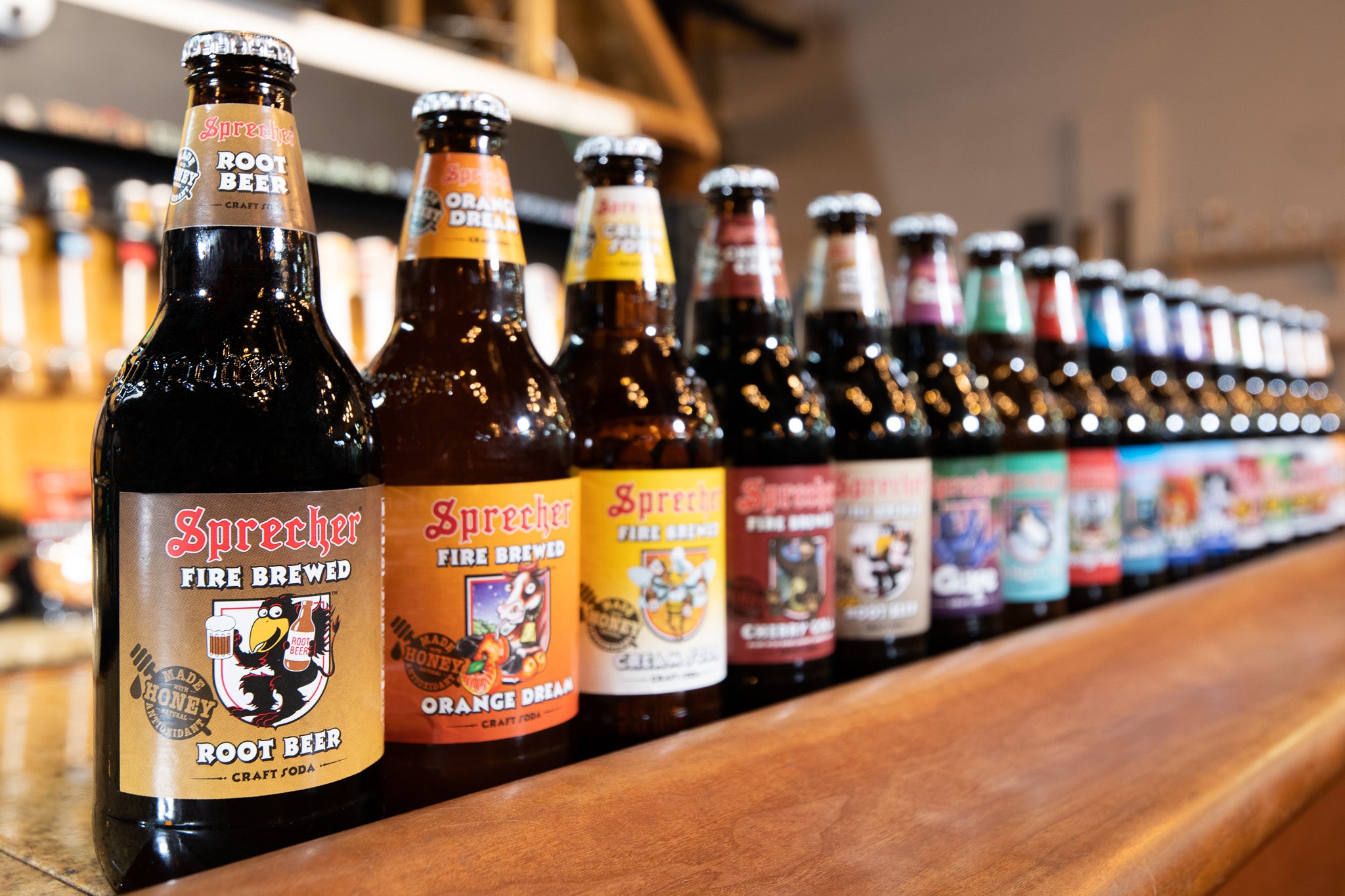The Ultimate Distillery Experience: From Grain to Glass, Every Little Thing You Need to Know
Embarking on a trip with the complexities of the distillery procedure reveals a world where science fulfills creativity in the creation of spirits. From the mindful choice of grains to the meticulous crafting of each container, every step in the manufacturing line plays a crucial duty in shaping the last product that graces our glasses. As we dig into the subtleties of flavor, aging, and purification profiles, a much deeper gratitude for the workmanship and dedication behind each sip arises. Join us as we unravel the layers of proficiency and interest that culminate in the supreme distillery experience.
The Art of Grain Option
Selecting the excellent grains is a vital action in the purification procedure, figuring out the taste account and quality of the end product. The sort of grain picked considerably affects the personality of the spirit being produced - Galveston Liquor. Typical grains made use of in purification include barley, rye, corn, and wheat, each conveying distinctive flavors and qualities to the end product
:max_bytes(150000):strip_icc()/game-thrones-beer-seven-kingdoms-fwx-2000-bf25957546c34d8081795a265fb4aab3.jpg)
Beyond taste factors to consider, the quality and purity of the grains are vital. Distillers meticulously resource grains to ensure they are devoid of contaminants and possess the needed starch web content for fermentation. By mastering the art of grain selection, distillers lay the foundation for developing extraordinary spirits that mesmerize the taste.
Purification Process Demystified
Having actually developed the structure with precise grain option, the distillation procedure emerges as the transformative phase where the essence of the selected grains is unlocked and fine-tuned right into a perky type. The procedure doesn't finish there; multiple purification runs or added steps such as maturing in barrels may additionally improve the spirit, improving its taste, complexity, and personality. Comprehending the details of the distillation process is crucial for producing high-quality spirits that captivate connoisseurs and lovers alike.
Barrel Aging and Taste Growth
During the barrel aging process, spirits go through a transformative trip as they connect with the wood, taking in nuanced tastes and creating an abundant complexity. The type of wood utilized, typically oak, substantially affects the last preference of the spirit. Oak barrels are preferred for their unique buildings that boost the taste account. As spirits age in the barrels, they remove compounds such as vanillin, lignin, and tannins from the wood, adding to the development of scents like vanilla, caramel, flavor, and even hints of toasted oak.
The permeable nature of timber also makes it possible for the spirit to take a breath, helping with the integration of tastes over time. Depending on the duration of aging and ecological conditions like temperature and moisture, spirits can obtain different attributes, from subtle timber notes to deep, complicated tastes that make each batch one-of-a-kind.
Craftsmanship in Bottling and Labeling
As spirits reach their ideal taste profiles via barrel aging, the careful workmanship in labeling and bottling ends up being the following vital action in providing a costs product to customers. click over here now The process of bottling and identifying is a critical aspect of the general distillery experience, as it is the last touchpoint before the product gets to the hands of consumers (Galveston Whiskey). Workmanship in bottling involves making sure that each container is filled exactly with the spirit, thinking about aspects such as uniformity in fill levels and the prevention of any kind of impurities entering the bottle

Tasting and Appreciating Fine Spirits
To completely value great spirits, one need to engage all the senses in a mindful and intentional tasting experience. When tasting fine spirits, it is important to start by observing the spirit's appearance. Note the color, clearness, and thickness of the fluid in the glass. Swirl the spirit delicately to launch its fragrance. The nose is a crucial sense in sampling spirits; take a minute to breathe in the facility aromas deeply. Next off, take a small sip and let it linger on your palate. Take notice of the different flavors that unravel - from pleasant and fruity notes to spicy or great smoky touches. Take into consideration the mouthfeel, noting if the spirit is smooth, velvety, or fiery. Swish the spirit in your mouth to fully experience its texture and taste. Swallow gradually and value the remaining coating. Great spirits typically leave a pleasant aftertaste that can reveal a lot more about the craftsmanship and quality of the beverage. By involving all your senses in this way, you can absolutely enjoy and value the intricacies of fine spirits.
Conclusion
In conclusion, the distillery experience encompasses the complex art of grain choice, the precise purification procedure, the transformative barrel aging, the careful workmanship in bottling and labeling, and the innovative method of tasting and appreciating great spirits. Each step in the manufacturing process plays a crucial function in creating top notch spirits that captivate the detects and delight lovers worldwide.
The additional info type of grain picked considerably influences the character of the spirit being generated. By grasping the art of grain option, distillers lay the foundation for producing remarkable spirits that astound the palate.
